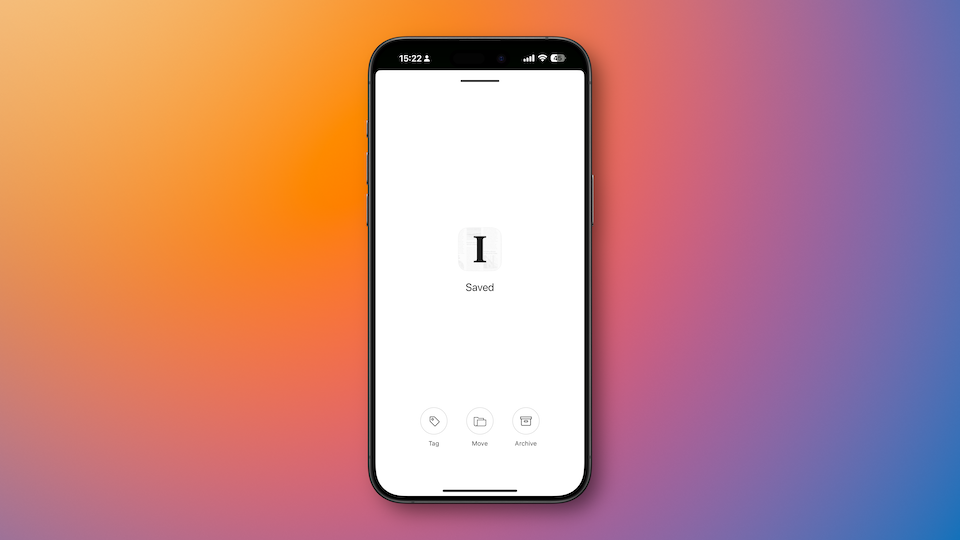Don’t Leave Users Hanging: UI Feedback That Builds Trust
“Simplicity is the ultimate sophistication.”
Whether or not Leonardo da Vinci actually said this, the sentiment captures the essence of great design — and it’s a philosophy Apple clearly embraces. The idea is that true elegance lies in stripping away unnecessary complexity. As someone who creates content, I wholeheartedly agree. It’s easy to add layers, distractions, and noise. But refining something to its simplest, most essential form? That takes real skill.
But here’s the catch: simplicity shouldn’t come at the cost of clarity.
Take Apple’s Reading List UX as an example. When I want to save an article, I go to the share menu, tap “Add to Reading List”… and then I’m returned to the article. That’s it. No message. No animation. No subtle confirmation. I’m left wondering: Was it added? Did I tap correctly? Should I try again?
This tiny moment of uncertainty chips away at trust. As a user, I want to feel confident that the system heard me — that it understood and responded to my input. Even a small visual or haptic cue would go a long way.
Compare this to Instapaper’s iOS UX. When you save an article, the app provides an immediate, unmistakable confirmation — the whole screen briefly acknowledges your action. It might seem heavy-handed to some, but personally, I appreciate the clarity. I know the article is saved. There’s no second-guessing.
Instapaper’s save confirmation screen
This is why I find myself using Instapaper far more often than Apple’s Reading List, even though Apple’s offering is baked into the ecosystem. The difference? Feedback. Acknowledgement. Trust.
Simplicity in UI doesn’t mean minimalist to the point of silence. It means being deliberate about what stays and what goes — and clear feedback is one of those things that should stay.
“Pay attention to what users do, not what they say.”
If this small oversight in Apple’s UI pushes me — and possibly others — toward a third-party app, it’s worth paying attention. Maybe I’m in the minority, or maybe not. But if simplicity is meant to serve the user, then so is feedback. Without it, simplicity can feel like a missed step.

